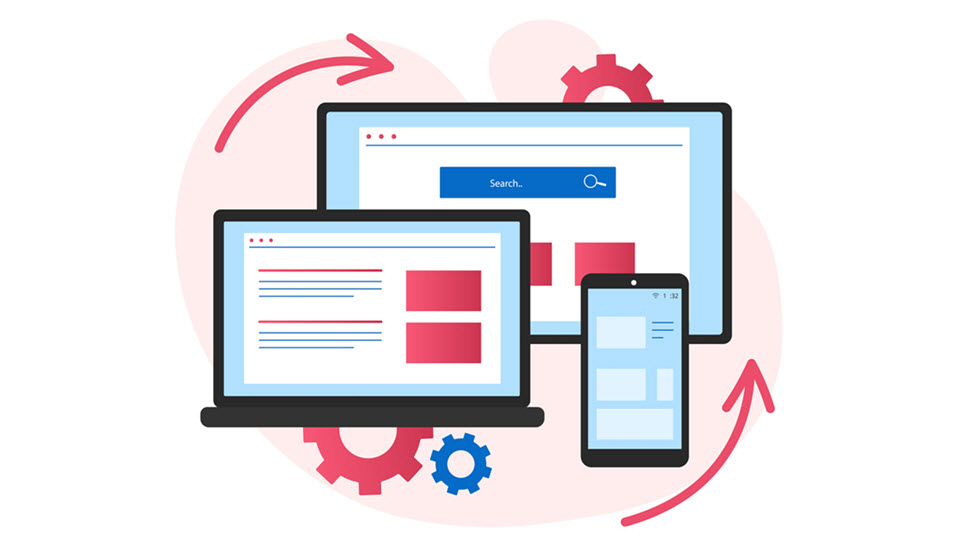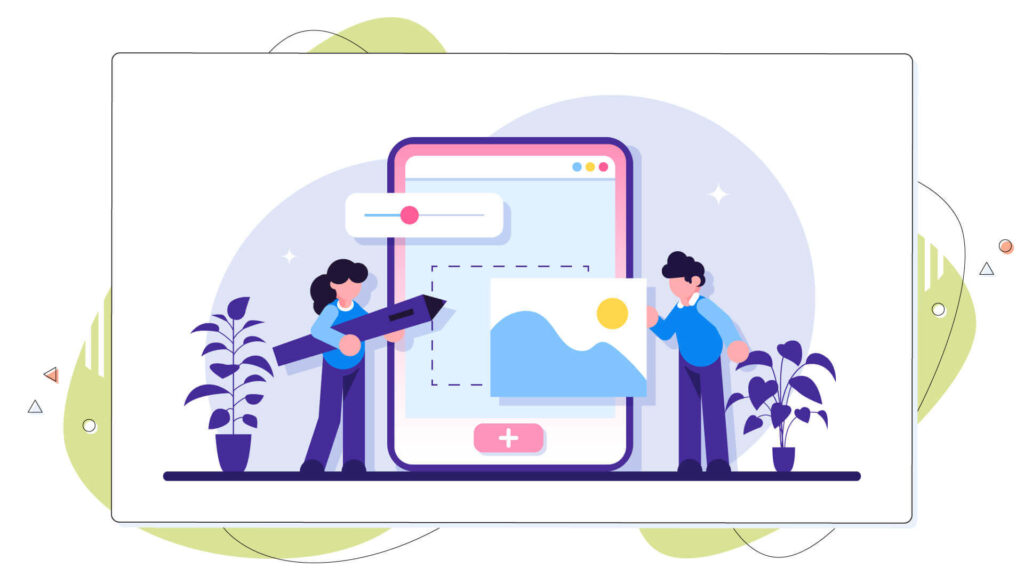
How Do I Make Sure My Website Is Optimized?
Website optimization is essential for improving user experience, increasing traffic, and boosting search engine rankings. In this blog post, we will discuss various strategies to ensure your website is fully optimized. We’ll also highlight the importance of regular screenings and early detection of issues.
Understanding Website Optimization
What Is Website Optimization?
Website optimization involves improving different aspects of your website to enhance its performance, usability, and visibility. This can include technical SEO, content optimization, user experience (UX) improvements, and mobile responsiveness.
Why Is Optimization Important?
- Higher Search Rankings: Optimized websites are favored by search engines.
- Improved User Experience: A well-optimized site leads to longer visits and lower bounce rates.
- Increased Conversions: Better performance can directly impact sales and leads.

Key Areas of Website Optimization
1. Technical SEO
Technical SEO ensures that search engines can crawl and index your site effectively.
Essential Technical Elements:
- Site Speed: Aim for a load time under 3 seconds; 40% of users abandon sites that take longer.
- Mobile Optimization: Over 60% of searches are conducted on mobile devices, making responsiveness critical.
- Secure Sockets Layer (SSL): Websites with HTTPS are prioritized by search engines.
2. On-Page SEO
On-page SEO focuses on optimizing individual pages for specific keywords.
Key Components:
- Meta Tags: Ensure title tags and meta descriptions are relevant and contain target keywords.
- Headings: Use H1, H2, and H3 tags appropriately to structure content.
- Content Quality: Create informative, engaging, and original content that answers user queries.
3. User Experience (UX)
User experience directly affects how visitors interact with your site.
Best Practices:
- Clear Navigation: A well-organized menu makes it easy for users to find information.
- Mobile-Friendly Design: Ensure that your site looks good and functions well on all devices.
- Fast Load Times: Optimize images and scripts to enhance loading speed.
4. Content Optimization
Quality content is a significant factor in website optimization.
Tips for Optimizing Content:
- Keyword Research: Use tools like Google Keyword Planner to identify relevant keywords.
- Internal Linking: Link to other relevant pages within your site to improve navigation and SEO.
- Regular Updates: Keep your content fresh by regularly updating outdated information.

Importance of Regular Screenings and Early Detection
Why Conduct Regular Screenings?
Regular screenings help identify issues that could negatively impact your site’s performance and search engine rankings.
Benefits of Regular Audits:
- Prevent Major Issues: Catch problems before they escalate.
- Stay Competitive: Regular checks help keep your site aligned with the latest SEO trends.
Tools for Regular Screenings
- Google Search Console: Monitor indexing status and search performance.
- Screaming Frog SEO Spider: Conduct comprehensive site audits to find technical issues.
- GTmetrix: Analyze site speed and identify areas for improvement.
Early Detection of Problems
Areas to Monitor:
- Broken Links: Regularly check for 404 errors and fix them promptly.
- Duplicate Content: Identify and address duplicate pages using canonical tags.
- Redirect Chains: Minimize redirects to ensure quick loading times.
Conclusion
Ensuring your website is optimized is an ongoing process that involves various aspects of SEO, user experience, and content quality. By focusing on the key areas outlined in this post and conducting regular screenings, you can maintain an optimized website that enhances user experience, increases traffic, and boosts search engine rankings.
Key Takeaways
- Website optimization is crucial for search visibility and user engagement.
- Focus on technical SEO, on-page SEO, UX, and content quality.
- Regular screenings help detect issues early and keep your website competitive.